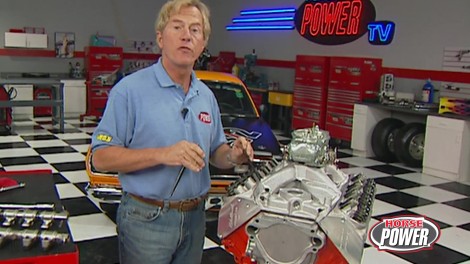
Mopar Mania Pt. 1
We tackle the construction of an affordable and easy-to-assemble Mopar street engine using readily available parts.
Season 7
Episode 2
Hosts: Joe Elmore, Chuck Hanson
First Air Date: September 27, 2022
Duration: 20 minutes 31 seconds




























